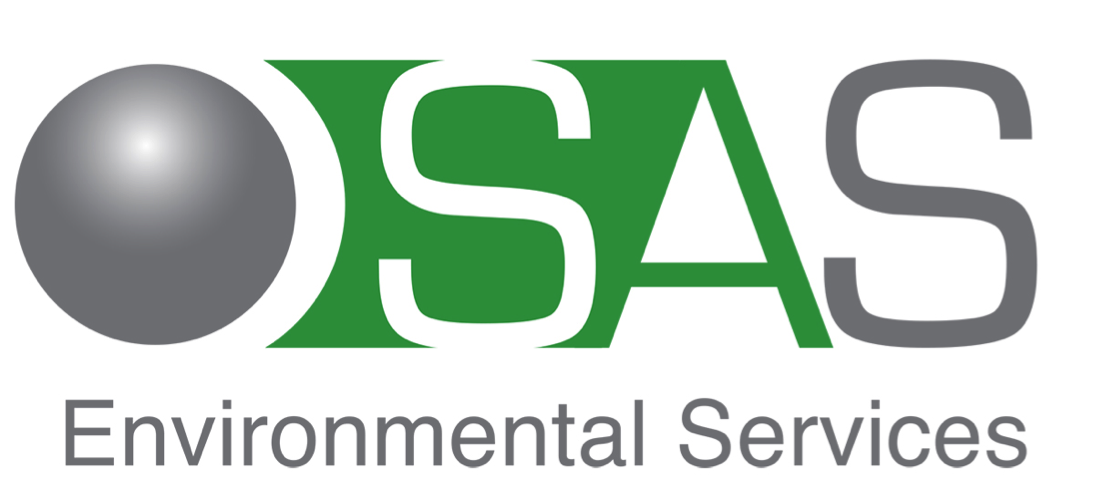Decanter Centrifuge
We often see decanters that have not been serviced regularly and in many cases the fact that results are less than optimum are down to basic issues with the decanter. Often the decanter has been used for different waste in the past and the settings are not optimized, this is not always difficult to solve and can make a huge difference to your results.
Is the manufacturer manual available? If so what is the recommendation for daily maintenance for the equipment? Greasing? Lubrication? Cleaning?
It may sound like an obvious thing to have to check but we have seen this quite a few times when the scroll is running the wrong way inside the centrifuge. Again, easily fixed once spotted but will cause a whole range of issues if it is not resolved.
A scroll that is worn down or damaged will affect the size and shape of the beach inside the decanter and the movement of the solids within the equipment. Regular maintenance can detect and prevent this. Protection of the scroll through tungsten carbide protection is one option to reduce scroll damage.
Often the people that were trained to use the decanter have moved on in the organization or left altogether. The new individuals responsible have not always been through decanter operation and maintenance training. Even 1 or 2 days of basic training can have a measurable impact on the process
Cleaning of the interior of the decanter at regular intervals will prevent blocking the equipment and keep performance levels high.
Often decanters are set once for a type of waste and left in that configuration. The waste you are treating today might be quite different from the waste that was treated when the decanter was set up. A few basic changes in the decanter settings can have a big impact on the outcome of the process.






